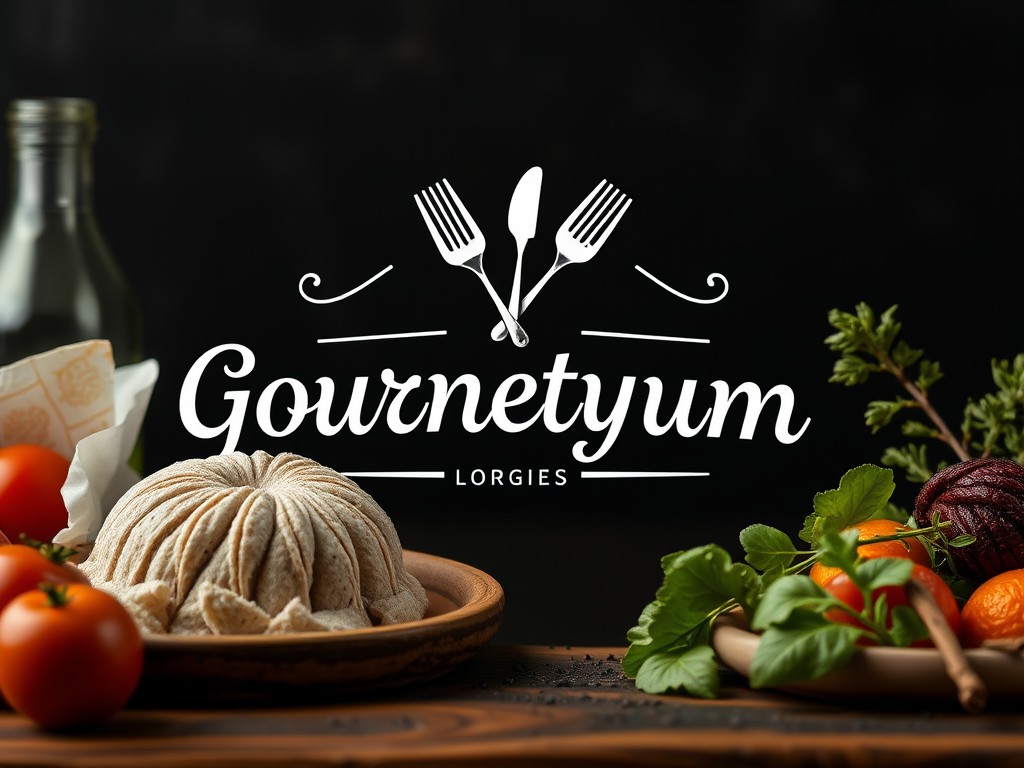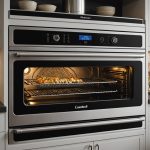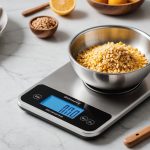Mastering Your Culinary Timing: A Guide to Choosing the Perfect Kitchen Timer in the UK
When it comes to cooking, timing is everything. Whether you're a seasoned chef or a novice in the kitchen, having the right tools can make all the difference between a perfectly cooked meal and a culinary disaster. One of the most essential tools in your kitchen arsenal is a reliable kitchen timer. Here’s a comprehensive guide to help you choose the perfect kitchen timer for your culinary needs.
Understanding the Importance of Timing in Cooking
Timing is crucial in cooking because it ensures that your food is cooked to perfection. Overcooking or undercooking can lead to a less flavorful and less appealing dish. For instance, when roasting a chicken, the ideal cooking time can vary depending on the size and the heat of your oven. A kitchen timer helps you keep track of this time, ensuring your chicken is juicy and well-cooked without being overdone.
Additional reading : Maximizing Kitchen Space: Smart Strategies for Storing Large Cooking Utensils in UK Homes
"As with any skill, practice makes perfect, but having the right tools can significantly enhance your cooking experience," notes Samin Nosrat, author of "Salt, Fat, Acid, Heat: Mastering the Elements of Good Cooking".
Types of Kitchen Timers
When it comes to choosing a kitchen timer, you have several options to consider, each with its own set of features and benefits.
Additional reading : Discover the Advantages of Cultivating a Kitchen Garden in the UK
Analog Timers
Analog timers are the traditional type that use a dial and a mechanical mechanism to count down the time. They are simple, easy to use, and often inexpensive.
Pros:
- Simple and intuitive to use
- No need for batteries or electricity
- Classic design that fits well with traditional kitchen decor
Cons:
- Limited precision
- Can be noisy
- No additional features beyond basic timing
Digital Timers
Digital timers are more modern and offer greater precision and a range of additional features.
Pros:
- High precision and accuracy
- Often includes multiple timing modes (e.g., countdown, count up)
- Can be set for multiple intervals
- Usually includes a backlight for better visibility
Cons:
- Requires batteries or electricity
- Can be more complex to use
- May have a higher cost
Smart Timers
Smart timers integrate with your smartphone or other smart devices, offering advanced features like remote control and notifications.
Pros:
- Can be controlled and monitored remotely
- Often includes additional features like temperature monitoring
- Can be integrated with other smart kitchen appliances
Cons:
- Requires a smartphone or smart device
- Can be more expensive
- May have connectivity issues
Key Features to Consider When Buying a Kitchen Timer
When selecting a kitchen timer, there are several key features to consider to ensure you get the one that best suits your needs.
Precision and Accuracy
A good kitchen timer should be precise and accurate. Digital timers generally offer better precision than analog ones.
Multiple Timing Modes
Look for a timer that allows you to set multiple intervals. This is particularly useful when cooking complex dishes that require different cooking times for various components.
Ease of Use
The timer should be easy to set and use. A simple and intuitive interface is crucial, especially in a busy kitchen environment.
Durability
Choose a timer that is durable and can withstand the heat and humidity of your kitchen. Look for timers made from high-quality materials.
Additional Features
Some timers come with additional features such as a backlight, alarm, or even integration with other kitchen appliances. Consider what features are important to you.
Practical Tips for Using Your Kitchen Timer
Here are some practical tips to make the most out of your kitchen timer:
- Use it for Every Dish: Even for simple dishes, using a timer ensures that you don’t overcook or undercook your food.
- Set Multiple Intervals: For complex recipes, set multiple intervals to ensure each component is cooked perfectly.
- Keep it Visible: Place your timer in a visible location so you can easily see the countdown.
- Test Your Timer: Before relying on your timer for critical cooking tasks, test it to ensure it is accurate.
Examples of How to Use Your Kitchen Timer
Here are a few examples of how you can use your kitchen timer in different cooking scenarios:
Roasting Chicken
When roasting a chicken, you need to ensure it is cooked through but not overcooked. Set your timer according to the size of the chicken and the heat of your oven. For example, a 1.5 kg chicken might take about 45-50 minutes in a preheated oven at 200°C.
Grilling Steak
Grilling a steak requires precise timing to achieve the perfect doneness. Use your timer to set the cooking time for each side. For a medium-rare steak, you might grill for 3-4 minutes per side.
Baking
Baking is all about precision, and a kitchen timer is indispensable. Whether you're baking a cake, cookies, or bread, set your timer according to the recipe to ensure your baked goods are perfectly cooked.
Comparison of Popular Kitchen Timers
Here is a comparison table of some popular kitchen timers available in the UK:
| Timer Model | Type | Precision | Additional Features | Price Range |
|---|---|---|---|---|
| Cuisinart Digital Timer | Digital | High | Multiple timing modes, backlight | £10-£20 |
| ThermoWorks TimeStick Trio | Digital | High | Multiple timing modes, magnetic back | £20-£30 |
| Oxo Good Grips Analog Timer | Analog | Medium | Simple design, easy to use | £5-£10 |
| Taylor Precision Products Digital Timer | Digital | High | Multiple timing modes, count up feature | £10-£20 |
| Inkbird Smart Timer | Smart | High | Remote control, temperature monitoring | £30-£50 |
Buying Guides and User Reviews
When buying a kitchen timer, it's helpful to read user reviews and buying guides to get a better understanding of the product's performance and any potential issues.
- Check User Reviews: Look for reviews on platforms like Amazon or other online marketplaces to see what other users have to say about the timer's accuracy, ease of use, and durability.
- Read Buying Guides: Websites and blogs often provide detailed buying guides that compare different models and highlight their features and drawbacks.
Maintenance and Spare Parts
To ensure your kitchen timer lasts long, proper maintenance is essential.
- Clean Regularly: Clean your timer regularly to prevent dust and grease from accumulating.
- Replace Batteries: For battery-operated timers, replace the batteries when they run out to avoid any disruptions.
- Check for Spare Parts: If your timer has removable parts, ensure you can find spare parts easily in case something breaks.
Choosing the right kitchen timer is a crucial step in mastering your culinary timing. Whether you opt for an analog, digital, or smart timer, the key is to find one that fits your cooking style and needs. By understanding the importance of timing, considering the right features, and using practical tips, you can elevate your cooking to the next level.
As Meera Sodha, author of "Made in India," notes, "Cooking is not just about following a recipe; it's about understanding the process and using the right tools to achieve perfection".
With the right kitchen timer, you'll be well on your way to creating delicious meals that impress your family and friends, making your culinary journey more enjoyable and successful.











